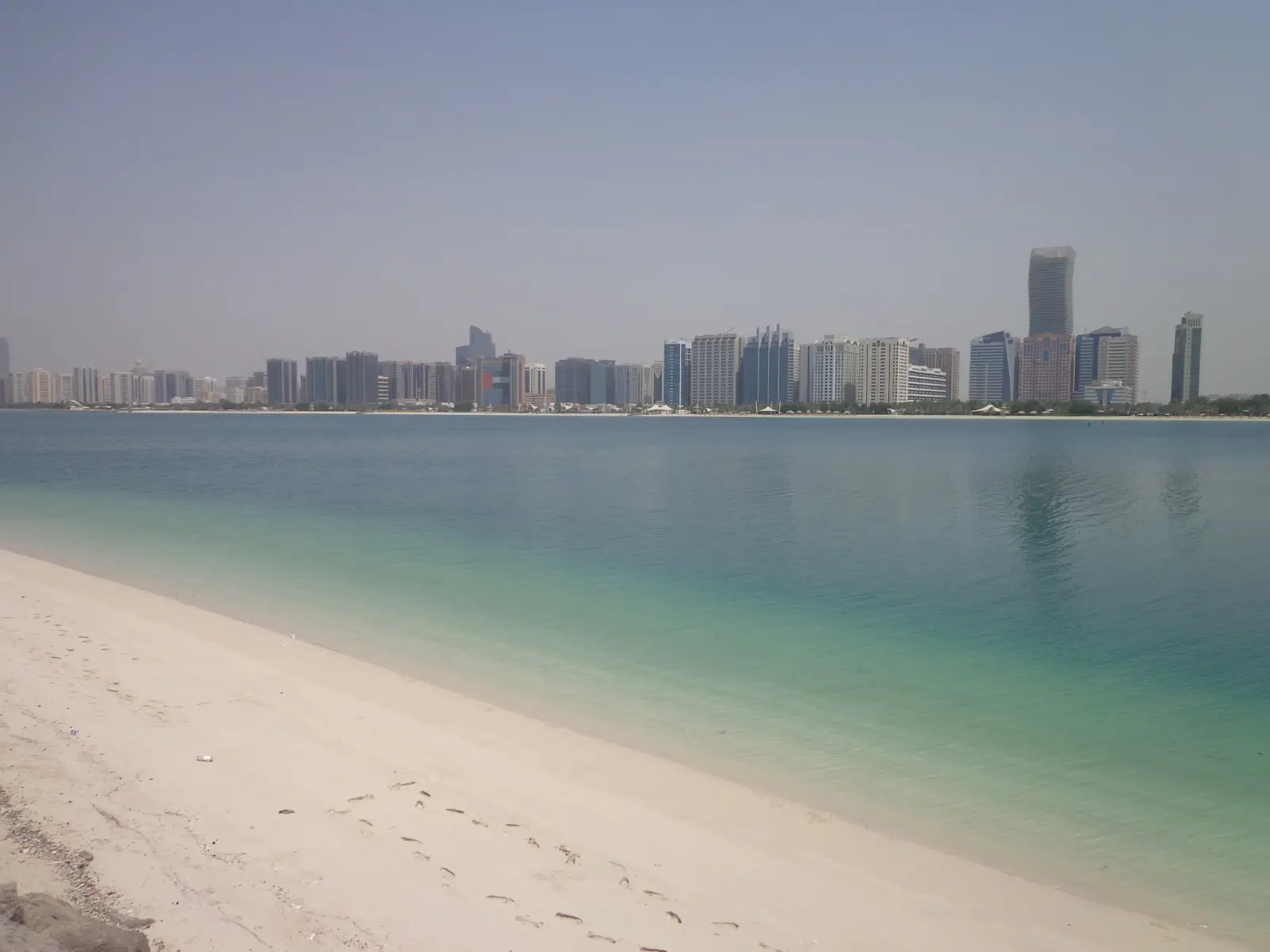The breathtaking capital of the United Arab Emirates known as Abu Dhabi stands out for its elegant way of life alongside breathtaking structures and authentic cultural scene. Knowing and comprehending the weather patterns in Abu Dhabi stands as one of the primary concerns for travelers planning their visits to this famous destination.
The sun shines steadily in Abu Dhabi as the dominant weather element every season making it attractive for beach lovers and those who enjoy spending time outdoors. The climate shows big seasonal temperature fluctuations in Abu Dhabi.
Preparing for local weather becomes indispensable whenever you decide to visit SeaWorld Abu Dhabi during the summer or winter seasons. This comprehensive guide will present you with Abu Dhabi’s seasonal weather patterns while exploring the most favorable times to travel and practical advice for enjoying your visit.
Summer in Abu Dhabi: Scorching Heat and Desert Vibes
During the summer season of Abu Dhabi which spans from June to September, the temperatures exceed 45°C (113°F) and break this threshold frequently. Outdoor activities become problematic because Abu Dhabi faces both extreme temperatures and high humidity rates. Staying hydrated remains vital during this time while you should visit indoor cultural museums and luxury malls.
The Corniche walks become tolerable during late afternoons because the summer heat starts decreasing. Fewer visitors together with substantial hotel price reductions characterize summer in this destination. Protect your skin by dressing in lightweight clothing and using sunscreen during your visit to an extreme heat environment.
Winter in Abu Dhabi: Mild and Pleasant Weather
The weather in Abu Dhabi during the winter period from December to February provides different conditions than the hot summer season. Outdoor excursions become optimal because winter temperatures fluctuate between 18°C (64°F) and 26°C (79°F). The destination experiences its highest visitor volume because tourists come to participate in desert activities together with beach activities and cultural celebrations.
The gentle winter climate invites people to experience both walking-based tours and water-based recreational activities. Light jackets in your travel bag allow you to adjust for winter chill while taking advantage of Abu Dhabi Grand Prix races alongside traditional local ceremonies.
Spring in Abu Dhabi: Blossoms and Comfortable Temperatures
From March to May, the environment changes from cold to warm climates. Visitors can take advantage of the moderate temperatures between 22°C (72°F) and 35°C (95°F) despite the absence of summer heat intensity during this season. The spring season brings widespread flower blossoms throughout city parks and gardens which create excellent conditions for sightseeing and natural hiking experiences.
Public eateries gain increased buzz during spring as people take pleasure from visiting beaches at this time. Keep yourself hydrated while using sun protection because temperatures will continue to increase during this period.
Autumn in Abu Dhabi: Cool Breezes and Golden Sunsets
During autumn between September and November the intensity of summer exhibits a gradual reduction. Temperatures range from 25°C (77°F) to 38°C (100°F). People start enjoying dune bashing and camping and sunset cruising activities as weather conditions become more suitable. Evenings in Dubai are mild which produces a suitable climate for both eating out and evening entertainment. Visiting famous landmarks in autumn provides a perfect opportunity because visitors can avoid extreme summer temperatures.
Rainfall and Humidity: Rare Yet Impactful
Abu Dhabi experiences scanty and irregular rainfall that falls mostly during the period between December to March. Abu Dhabi experiences such low rainfall that its annual precipitation stays below 50 mm throughout the year. The coastal parts and summertime periods experience substantial increases in humidity. Winter fog appears frequently in the morning which diminishes the ability to see clearly on roads. Intense showers accompany scarce rainfall in Abu Dhabi which briefly cools down the region while changing the urban appearance for a short time.
Dressing for Abu Dhabi Weather: What to Wear
- Lightweight, breathable fabrics like cotton and linen.
- Sun hats, sunglasses, and high-SPF sunscreen for summer.
- Light jackets or cardigans for cooler winter evenings.
- Comfortable walking shoes for exploring the city.
- Modest attire when visiting religious or cultural sites.
- Stay hydrated with a reusable water bottle.
FAQ’S
What is the best time to visit Abu Dhabi?
The best time to visit is between November and March when temperatures are mild
Does Abu Dhabi experience rain?
Yes, but it is rare, mainly occurring between December and March.
How should I dress for Abu Dhabi weather?
Wear lightweight clothing in summer and light jackets in winter, with modest attire for cultural sites.
Conclusion:
The climate of Abu Dhabi presents people with both delightful and demanding conditions during different annual seasons. Success during your visit to Abu Dhabi depends on proper preparation since you must experience both the pleasant winter sun and the harsh summer heat. Proper season-specific dressing combined with a proper understanding of weather patterns will help you maximize your time in Abu Dhabi’s dazzling desert city. You can fully experience both the active climate and the distinctive local character of the city.








